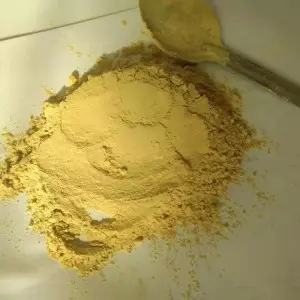Aug . 11, 2024 14:36 Back to list
Effective Techniques for Fruit Bagging to Enhance Guava Quality and Yield in Orchards
The Best Fruit Bagging Techniques for Guava
Guava is a beloved tropical fruit, celebrated for its unique flavor, versatility, and numerous health benefits. However, growing guava can present several challenges, including pest infestations, diseases, and environmental factors that may affect its quality and yield. One effective method to protect guava fruits is through fruit bagging. This process involves covering the developing fruits with protective bags to prevent damage and ensure the production of high-quality fruit. In this article, we'll explore the best fruit bagging techniques for guava cultivation.
Why Bagging Guava Fruits?
Bagging is a widely adopted technique in fruit farming that serves multiple purposes
1. Pest Protection Guava trees are susceptible to various pests such as fruit flies, beetles, and caterpillars. These pests can cause significant damage to the fruit, resulting in reduced yields and economic losses. Bagging helps deter these pests from accessing the fruit.
2. Disease Prevention Diseases like anthracnose and bacterial blight can affect guava fruit. By bagging, growers can create a barrier that minimizes contact with fungal spores and bacteria present in the environment or carried by insects.
3. Improved Fruit Quality Bagging helps produce cleaner, blemish-free fruit. It protects the fruit from environmental stressors such as sunburn, rain damage, and mechanical injuries, leading to a more attractive end product.
4. Marketability In a competitive fruit market, the aesthetic appeal of produce is paramount. Bagged guavas tend to have a more uniform appearance and can command higher prices at the market.
best fruit bagging in guava

Best Practices for Bagging Guava Fruits
1. Choosing the Right Bags It's essential to select the appropriate type of bag for guava fruit. Options include paper bags, mesh bags, and polyethylene bags. Paper bags are biodegradable and allow some air circulation, helping to reduce humidity and the risk of fungal diseases. Mesh bags, on the other hand, provide excellent protection against pests while allowing sunlight and air to reach the fruit. Polyethylene bags are sealed and offer maximum protection but may trap humidity if not used properly.
2. Timing of Bagging The timing of bagging is crucial. Bags should be applied after the fruits have set but before any significant pest pressure is anticipated. Typically, this occurs when the fruits reach approximately 1 to 2 cm in diameter. Early bagging ensures that the fruits are protected from the moment they start developing.
3. Proper Placement When bagging, ensure the fruit is correctly positioned within the bag. Avoid tight sealing as this can trap moisture and lead to mold. Bags should be left slightly open at the top or have ventilation holes to encourage airflow. Ensure that the bags are securely attached to the branches to prevent them from falling off during heavy winds or rain.
4. Monitoring and Maintenance Regularly check the condition of the bags throughout the growing season. Look for signs of wear, damage, or mold buildup. It’s also essential to monitor the fruit for any emerging pests or diseases that might not be fully prevented by the bags.
5. Harvest Timing and Technique When harvesting bagged guavas, be gentle to avoid bruising the fruit. Cut the bags open carefully to prevent any physical damage to the fruit, ensuring that they are preserved for the market.
Conclusion
Fruit bagging is an effective strategy for enhancing the quality and yield of guava fruits. By following the best practices outlined above, growers can protect their crops from pests and diseases, improve the overall quality of the fruit, and ultimately increase their profitability. As the demand for high-quality guava continues to rise, mastering fruit bagging techniques will significantly benefit farmers looking to excel in the competitive fruit market.
-
Eco Fruit Paper Bags for Peak Freshness | Durability Focused
NewsJul.31,2025
-
Pollen Peach Tree for Pure Pollination and High-Quality Peach Pollen
NewsJul.30,2025
-
Premium Cherry Pollen for Pure Pollination & Different Types
NewsJul.30,2025
-
Artificial Pollination Solutions for Various Plant Pollen Types
NewsJul.29,2025
-
Artificial Pollination Solutions for All Plant Pollen Types
NewsJul.29,2025
-
Premium Plant Pollen for Pure Pollination & Pollen Block Solutions
NewsJul.29,2025